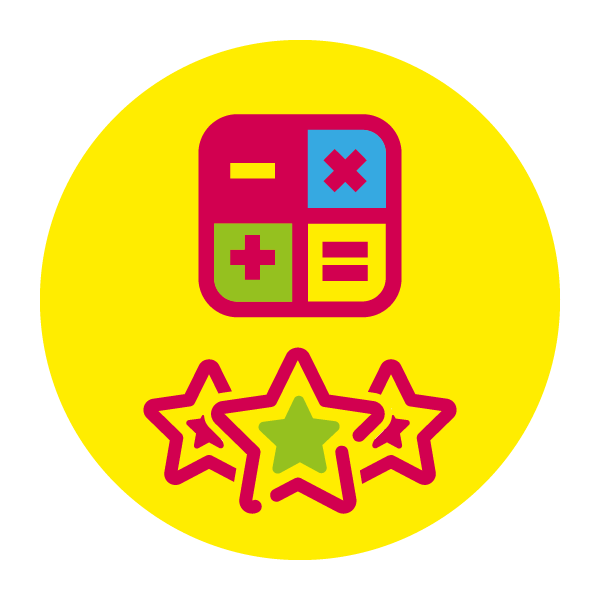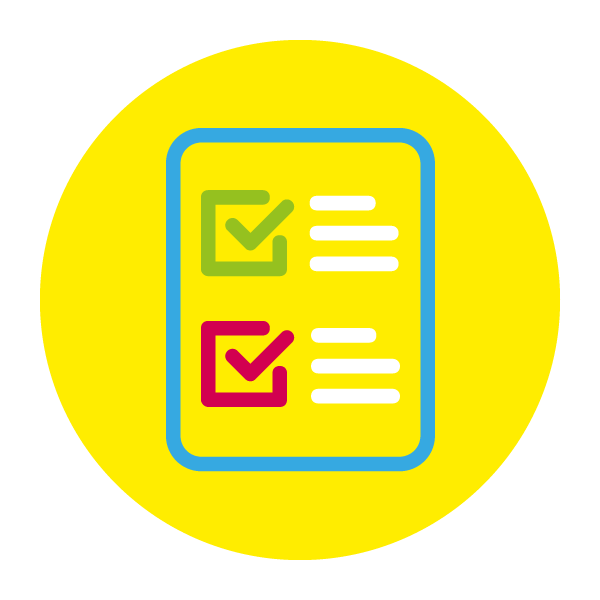Advanced guide to analysing a case of hate speech

In general, we can say that there are three main ways to react to hate speech:
- more speech (either by making available new perspectives on the targets of the hate message using alternative narratives, or by challenging the hateful expression using counter narratives),
- censorship (blocking, taking content down or restricting access to content) and
- seeking legal action against the people engaging in hate speech (by ways of civil, administrative or even criminal law). It is worth stressing here that two out of the three types of strategy, namely censorship and seeking legal action against the speakers, represent restrictions on freedom of expression, which is one of the human rights enshrined in the European Convention of Human Rights.
While being a brave and important gesture and something one must certainly do, acting against hate speech can have negative effects when attention is not paid to selecting the right response strategy. Proportionality is the key word here. Both overreacting and underreacting to a hateful expression can lead to unwanted or unethical results.
Checklist before analysing a case of hate speech
Determine whether what you came across is really hate-speech:

- Is the speech dehumanising?
- Does it target someone for being part of a particular group?
- Does the speech include communications that foster a climate of prejudice and intolerance?
- Start fact-checking: check out what facts are used in the oppressive narrative, for example, historical, cultural, religious or (apparently) scientific;
- Check if the speech you identified is covered by any international/regional legislation (eg. Universal Declaration of Human Rights – Article 7; International Covenant on Civil and Political Rights – Article 20; International Convention on the Elimination of All Forms of Racial Discrimination – Article 4; European Convention on Human Rights – Article 10);
And, finally (if you are still unsure), ask for a second opinion;
Remember that hate-speech can be spread through different mediums: texts, photos, videos through social media, online games leading to bigger impact and reach.
Read the advanced guide on how to analyse a case of hate-speech using the six criteria of the Rabat Action Plan in order to remind yourself of the terminology (in the right column).
Take a moment of reflection to cool off so that you have a clear and unbiased perspective upon the speech you came across.
Afterwards, use the hate-speech calculator in order to:
- Analyse the context of the speech
- Analyse the speaker
- Analyse the intent of the speaker
- Analyse the content and form of the speech
- Determine the extent of the speech act
- Determine the likelihood the speech has to generate violent/discriminatory events
Once you answer all the questions, the calculator should suggest a strategy that you could employ based on the severity of the hate-speech you identified.
Other steps you could take
- Check the hate-speech legislation in your country (look on International Network Against Cyber Hate)
- Check the Community Standards of the platform where you came across hate-speech (if applicable);
- Always double-check the information you will use in your response:
- Know where your information is coming from
- Use trustworthy sites and newspapers
- Double check the information
- Remember that the news and research are also hardly ever neutral so beware of biases (these can be subtle: fonts used, images/videos used, the placement of certain information on a website or in a newspaper, language that promotes ‘othering’)
- Ask yourself whether there is a danger of inflaming passions and incitement to violence?
- Ask yourself whether your response is sensitive to your audiences and the group(s) targeted by the speech?
- Create a database which you can constantly update with cases of hate speech you come across – this may prove useful if you will need to engage in advocacy as the data you would have gathered will legitimise your claim;
- Use the communication toolkit in order to learn how to run a successful campaign
- Use the human rights-based narratives toolkit to ensure your response is sensitive, informative and human rights compliant;
- And finally, always remember that our rights of freedom of speech and from discrimination should always be protected equally.
This tool to analyse hate speech was prepared by ActiveWatch
